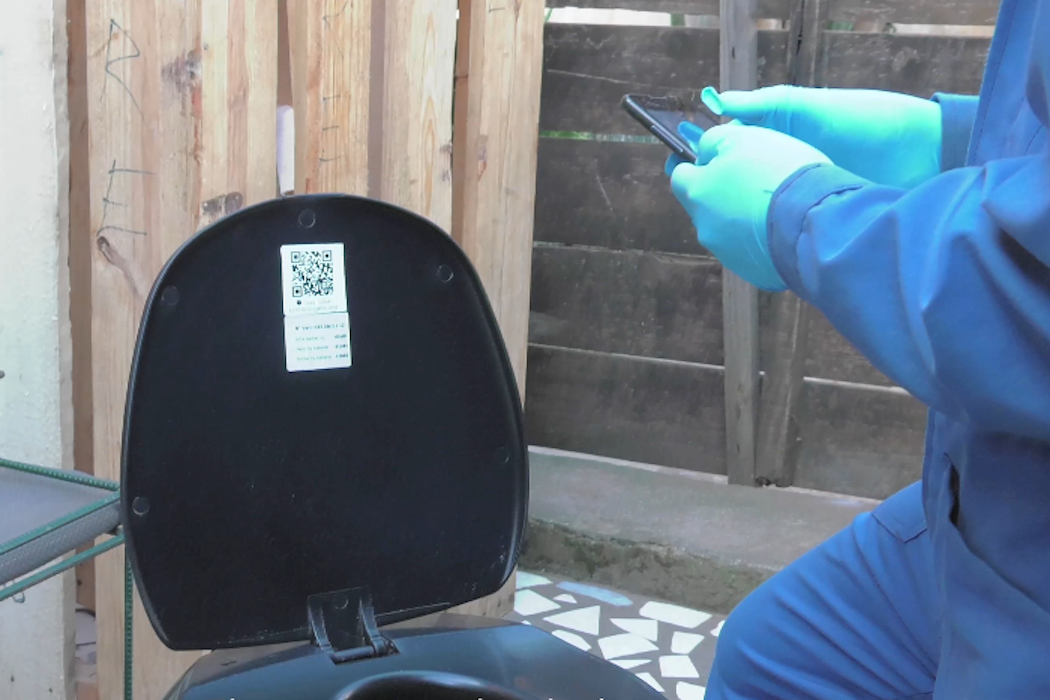In the Western world we take toilets for granted. When we’re done, we pull the lever and never think about what happens next. But in many parts of the world, Western sewage systems simply can’t function. Some places don’t have enough water to flush waste down the toilet multiple times a day. Other places flood so often that constant sewage overflows would render the sanitation systems useless.
The United Nations designated November 19 as the World Toilet Day to raise awareness about this pressing problem that still plagues the world.
Inadequate sanitation remains a global crisis, which claims thousands of human lives every year. According to World Health Organization’s (WHO) 2017 numbers, 2.3 billion people still don’t have adequate sanitation facilities such as toilets or latrines, and 892 million of them resort to the so-called “open defecation,” for which they head out to the woods, fields, or riverbanks. Without proper treatment, fecal matter slowly seeps through the soil into underground streams or gets washed into rivers, where it contaminates drinking water and can cause disease outbreaks. Approximately 1.1 billion people in the world have no access to clean water—with dire outcomes. WHO estimates that about 842,000 residents of low- and middle-income countries still die every year from poor sanitation, while the American Centers for Disease Control and Prevention estimates that worldwide more children die from diarrhea than from AIDS, malaria, and measles combined—a whopping 2,195 a day.
The sanitation crisis is so extreme that in 2011, The Bill and Melinda Gates Foundation issued the Reinvent the Toilet Challenge, asking innovators around the world to reconsider how we flush. Since then, a number of toilet system redesigns have piloted around the world. One such waterless pilot systems was launched in Antananarivo, the capital of Madagascar, by a UK-based startup, Loowatt.
A Cieri Media production







